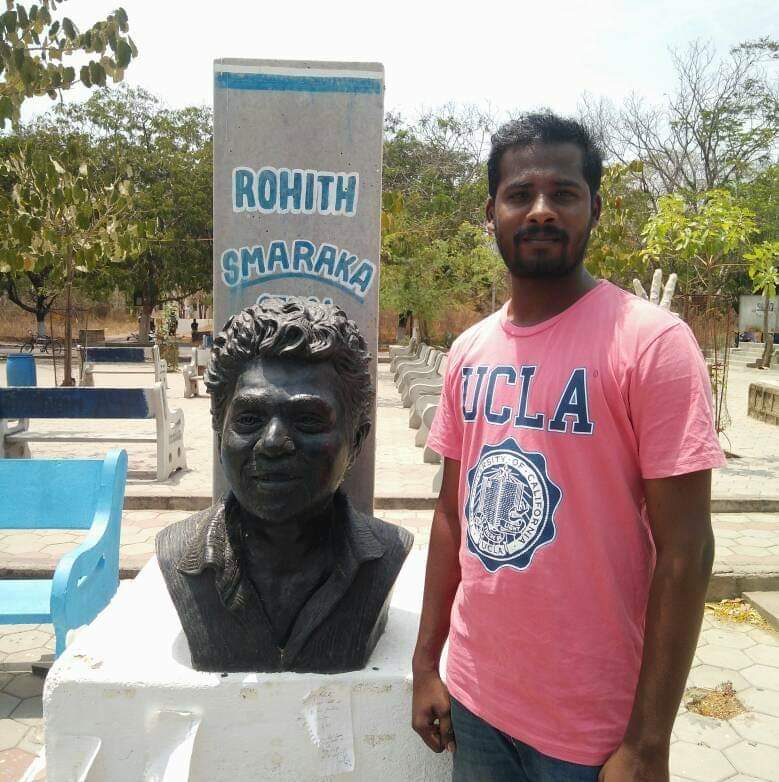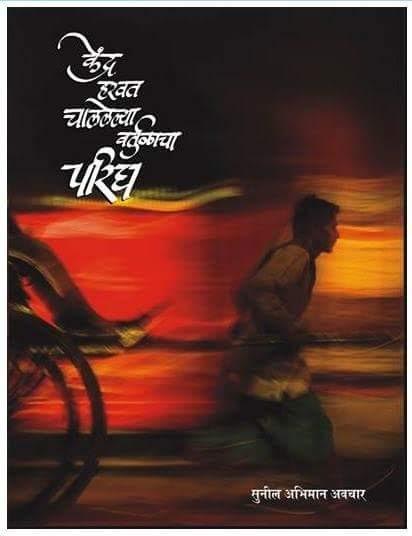Pratyancha Khandare
“Caste doesn’t matter anymore” is a common phrase in India’s elite urban spaces. Belonging to one of the most prestigious colleges in Bombay, when caste is discussed amongst my peers, I hear this phrase in a group of people where I am the only Dalit student, which speaks volumes about how caste still matters.
In October 2023, Bihar took a pioneering step by publishing its caste census, revealing that about two-thirds of the state’s population belongs to marginalized castes. This groundbreaking effort underscores the urgent need for a national caste census in India. Such a census would not only address doubts surrounding the previous enumeration conducted over 70 years ago but also inform more effective policies to combat persistent inequalities. The Indian society has been stratified by caste hierarchies for centuries. A fresh census is crucial to formulate evidence-based policies that can address the deep-rooted socio-economic disparities in our society.
Existing data already paints a stark picture of these inequalities:
Table I: Percentage of Graduates/Post Graduates in the Caste Groups
| SC | ST | OBC | General | |
| Graduates | 4% | 3% | 6% | 12% |
| Post Graduates | < 1% | < 1% | 1% | 3% |
Source: NSS 7th Round (2017-18)
Table II: Percentage of Salaried/Casual Labourers within the Caste Groups
| SC | ST | OBC | General | |
| Regular/Salaried Job | 20% | 12% | 20% | 30% |
| Casual Laborers | 38% | 29% | 20% | 11% |
Source: Periodic Labour Force Survey (2021-22)
These disparities extend to the highest echelons of government service. Union government data reveals that over 64% of Group A employees—the most qualified and highest-paid cohort—belong to the general category. This imbalance reflects India’s broader inequality, with the recent Oxfam report concluding that the top 1% of Indian society controls 73% of national wealth. A comprehensive caste census would provide crucial insights into the intricate relationship between caste and class, facilitating a deeper understanding of intersectional identities in India. Moreover, it would redirect public attention towards matters of national importance, shifting focus away from divisive political rhetoric.
Dr. B.R. Ambedkar identified education as the essential tool for the annihilation of caste. To this end, the state must prioritize fair resource allocation, implement practical policies, and ensure equal opportunities for all. This approach will empower marginalized sections, granting them the freedom to aspire and access fair opportunities.
Furthermore, a national caste census would sensitize the broader public, encouraging dialogue on existing social hierarchies and inspiring progress towards an egalitarian society. While the government of India discontinued caste-based enumeration after independence to avoid reinforcing caste divisions, these efforts have proven futile. Caste remains a dominant force in shaping social hierarchies in India today. Rather than succumbing to anxieties about acknowledging caste, the government should confront this reality head-on. By adopting policies rooted in social justice and backed by concrete numerical data, India can begin to address its deeply entrenched caste inequalities and work towards a more equitable future for all its citizens.
~~~
Pratyancha Khandare is an economics graduate with a deep passion for Development Economics, committed to Dalit rights and aiming to contribute towards the upliftment of marginalized communities and foster sustainable growth.










